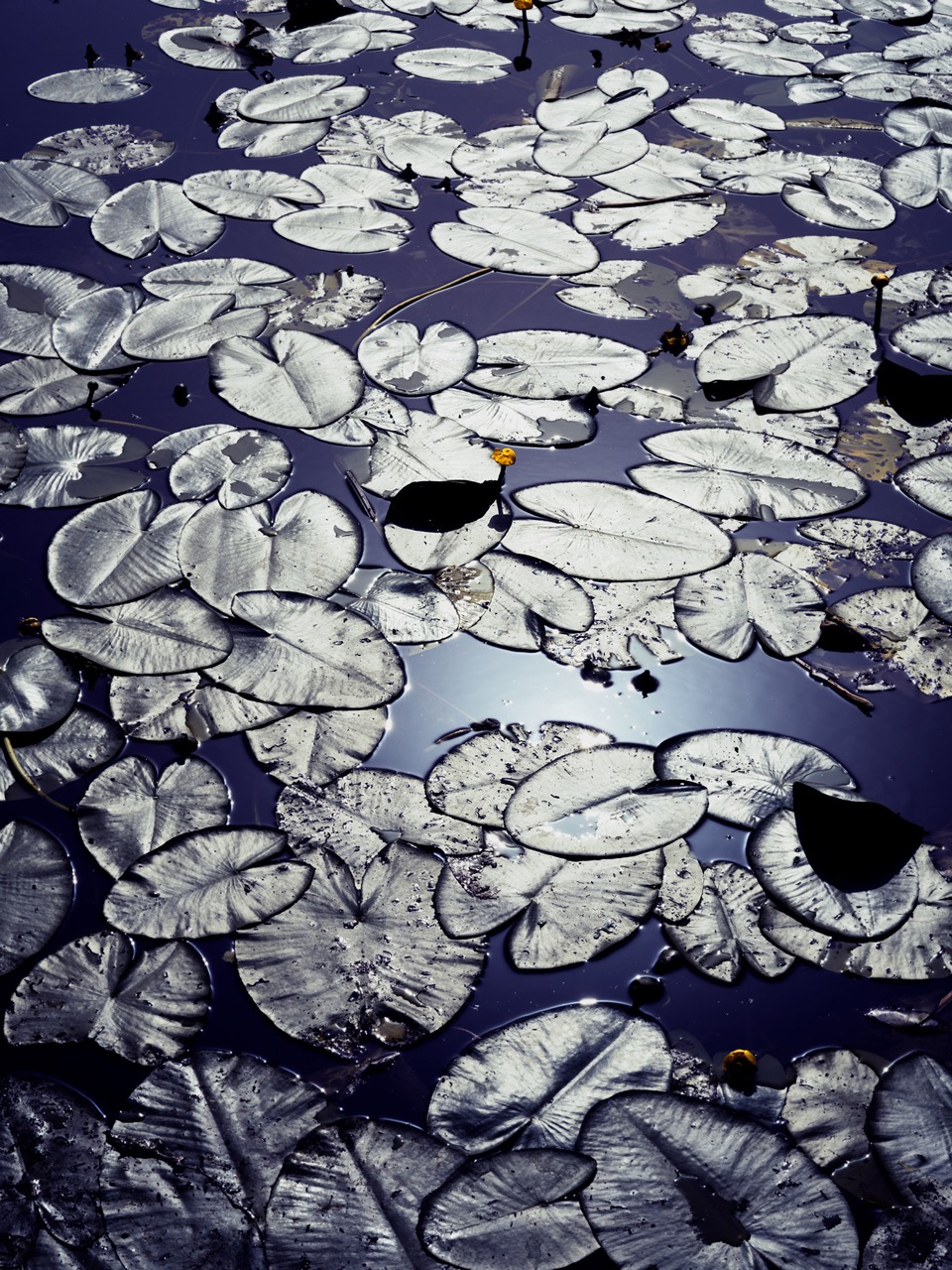
Aerial views reflecting the receptive state of mind
Aya Okawa
For aerial and environmental photographer and visual anthropologist Aya Okawa, photography serves as a sanctuary.
Artdoc

For aerial and environmental photographer and visual anthropologist Aya Okawa, photography serves as a sanctuary. It offers an outlet to focus on slowing down, seeing intentionally rather than passively, observing with sensitivity, and tuning in. Making photos acts as an active meditation for her, entering her into a state of focus and receptivity to the intersection of self and surroundings. In her aerial photography, capturing rhythmic and abstract patterns of earth and water, she discovers a language distinct from words and rational expressions. “In the stillness, we open the space for connection to emerge, to become curious, to wonder.”
Payment Failed
Aya Okawa explores natural transformations and human systems. She observes the often-overlooked patterns and principles that structure our natural and human-shaped worlds. These patterns, shaped by beliefs and concepts we hold unconsciously, can influence our worldviews. “I look for images that help me see with fresh eyes, that make me double-take on something that I might otherwise overlook. Those pauses can be moments of reflection and questioning that might allow new insights to arise, or to create space for discovery.”
Expressions Of Culture
The subjects and scenes Okawa chooses for her work are driven by a curiosity to study the world. “When I was growing up, photography was a means of preserving memories. As a visual anthropologist, visual media became a tool for data collection and research, allowing documentation of expressions of culture and human behaviour. As a still photographer, I’m drawn to visual patterns and abstract scenes that reveal the interplay between natural and human systems, focusing on transformation, interconnectedness and interdependence.”
Some of her subjects are chosen spontaneously, with an open mind to intuitive senses, while others are selected intentionally after extensive research. “When an idea captures my attention, I delve into research and learning in preparation to capture the shot. Research is a big part of my process. In either prepping for shoots or in the edit process, I like to learn more about the subjects or themes, following the topics down various alleyways.”


Sensory flow
The precisely composed, semi-abstract images, mostly taken from above, reveal the patterns of our human landscapes in various parts of the world, whether in Morocco, the Netherlands, Spain, or the United States. “On an emotional level, photography for me is about seeking patterns and searching for intuitive rest where my logical brain can turn off. While shooting, I stop making rational decisions and rather feel into a scene and a composition.”
Aya Okawa describes herself as cerebral in daily life, and making photos feels liberating for her. She doesn’t think while photographing but stays alert for the right moment to arise. “I wait until the composition, light, and frame come into alignment. In aerial shooting, this is heightened as everything happens very quickly while flying in small planes. This demands full attentiveness with all senses, and you can enter a sensory flow, keeping attuned to feel that visual moment where the comp comes together and reveals itself.”
Photography for me is about seeking patterns and searching for intuitive rest where my logical brain can turn off.


Transcending language
We are living in exciting times, says Okawa, as photography becomes more accessible to more people than ever before in the history of the art. “With so many diverse voices being expressed, we are all contributing to a growing evolution of perspectives and ideas that express the zeitgeists of our times. Our visual expressions - through photo and other visual media - capture and simultaneously evolve the ideas and concepts ready to be born into the consciousness of our time.”
As a visual anthropologist, Okawa is interested in studying the beliefs, norms, and patterns of human cultures. Some of her work examines the systems that structure our communities, lifestyles, and economies, where she hopes to encourage reflection. “In moments of tranquillity and meditation, we have opportunities to reframe and make conscious decisions rather than following old precedents.”
Photography can play a special role in this process because it steps outside the cerebral realm, transcending language and rational thought, which are valued by the modern global economy. “With emphasis on productivity, value, and effort, we lose touch with our silent voices: the words not spoken, the intangibles, the pauses in between. These moments of beauty, I believe, are crucial to healthy individuals, communities and societies.”


Abstraction
Many of Okawa’s photos are abstract, enhancing the intuitive perception of the photographed scene. “I like the ambiguity that invites viewers to ask their own questions and make their own guesses. Light is transformative, the essence of photography. I will chase light through layers of discomfort, just seeking that desired look. I often shoot locations multiple times on different days or times to experiment with the qualities of light.”
Water and its movements are a recurring element in her aerial work. “Doing work aerially and on the ground, it is fascinating to observe the recurrent patterns made by water, as it moves at various scales - from oceanic tides to bays to tributaries to small eddies and even liquids moving in the bark of trees or veins of leaves.”
Aya Okawa explores cycles of time and investigates how memory and the past inform the transformation of present moments and the evolving sense of self. “As my parents, my family, and I are ageing, I’m reflecting more on how familial memories shape perception of the present, history, and connection. In an increasingly visual world, we have so many opportunities to use imagery to intentionally interact with our communities—interpreting, creating, and shaping our worlds.”


About
.svg)
.svg)
.svg)










